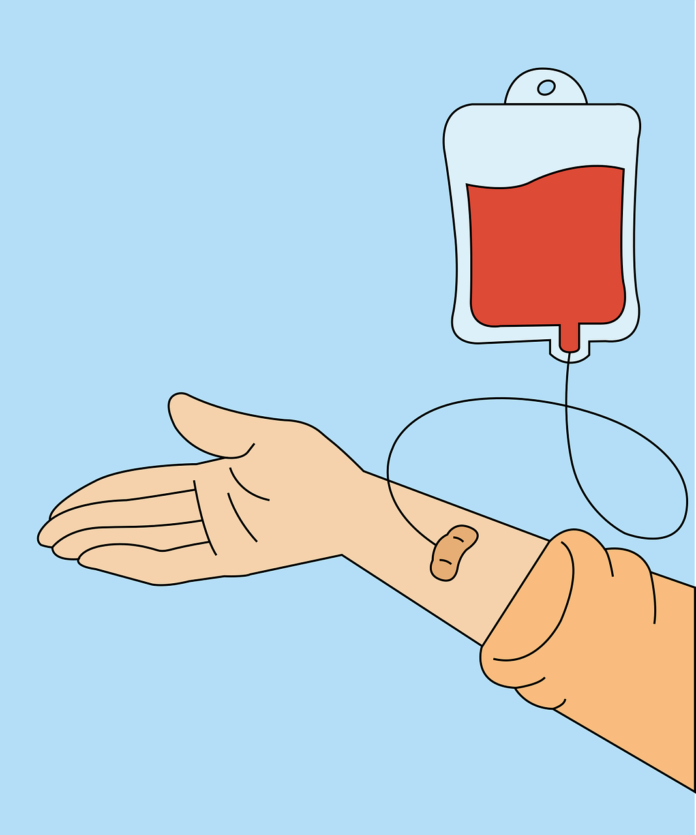
On Feb. 10, the Office of Volunteerism & Community Engagement (VCE) and Rowan Red Cross held an American Red Cross blood drive. Students and faculty came to donate one pint of their blood to save lives.
After checking in, volunteers met with a Red Cross employee who took their vitals and asked them a series of eligibility questions. Once their eligibility to donate blood was confirmed, they moved over to a cot where they laid down and the donation took place. The whole process took about 30 to 45 minutes depending on how quickly the donor bleeds.
After donation, donors were given snacks and drinks as well as coupons to receive a free coffee and donut from Dunkin’.
This drive comes at a time when the need for blood donations is critically high. According to an article by the American Red Cross, the pandemic has caused a 10% decrease in donations since March 2020.
Students make up a large chunk of that decline as many school-run blood drives were canceled due to the switch to online education. In 2019, students accounted for roughly 25% of all donors. That number fell to roughly 10% throughout the pandemic.
A single blood donation can be used to save up to three lives, and many people often forget its importance. Someone receives a blood transfusion in the United States roughly every two seconds, and a 2021 Statista study published by health researcher Matej Mikulic shows that over 11 million blood transfusions occured in America in 2015 alone.
In an interview with Changing America, Baia Lasky, MD, the medical director for American Red Cross, stressed the importance and life-altering impacts of blood donation.
“Blood can’t be manufactured; it can only come from generous volunteers willing to roll up a sleeve and give about an hour of time,” Lasky said. “By giving blood, you could help accident victims, new mothers who hemorrhage in childbirth, cancer patients, those in need of surgeries and transplants, and those being treated for disorders like sickle cell disease.”
A big misconception about blood donation is that it is difficult to qualify, but changes in the past few years have made it possible for many more people to be eligible.
According to the Red Cross website, for a whole blood donation, the volunteer must be over the age of 16, in good health and weigh at least 110 pounds. The additional requirements for a Power Red donation is dependent on the donor’s sex.
Male donors must be at least 17 years old in most states, weigh at least 130 pounds and be 5’1” or taller. Female donors must be at least 19 years old, weigh at least 150 pounds and be at least 5’5”.
Additionally, Power Red donors must have O positive, O negative, A negative or B negative blood types. More information regarding donor requirements can be found on the Red Cross website.
Power Red donations differ from a whole blood donation in two ways. During a Power Red donation, the most important part, the red blood cells, are taken out while a machine filters out and returns the unneeded stuff, like platelets and plasma, back to the donor. This allows them to donate more usable blood as they can take more red blood cells by volume.
Secondly, those who donate whole blood are eligible to donate every 56 days, while Power Red donors must wait 112 days between donations.
“You never know who your blood might help, but each donation has the potential to save more than one life and touch countless others. It’s the easiest way to make a big difference for others in need,” Lasky said.
The next Red Cross Blood drive will take place on April 7 at the Rowan University Recreation Center. Volunteers can schedule their appointments by visiting redcrossblood.org and typing in the sponsor code “Rowan.”
For comments/questions about this story tweet @TheWhitOnline or email thewhitnews23@gmail.com.





